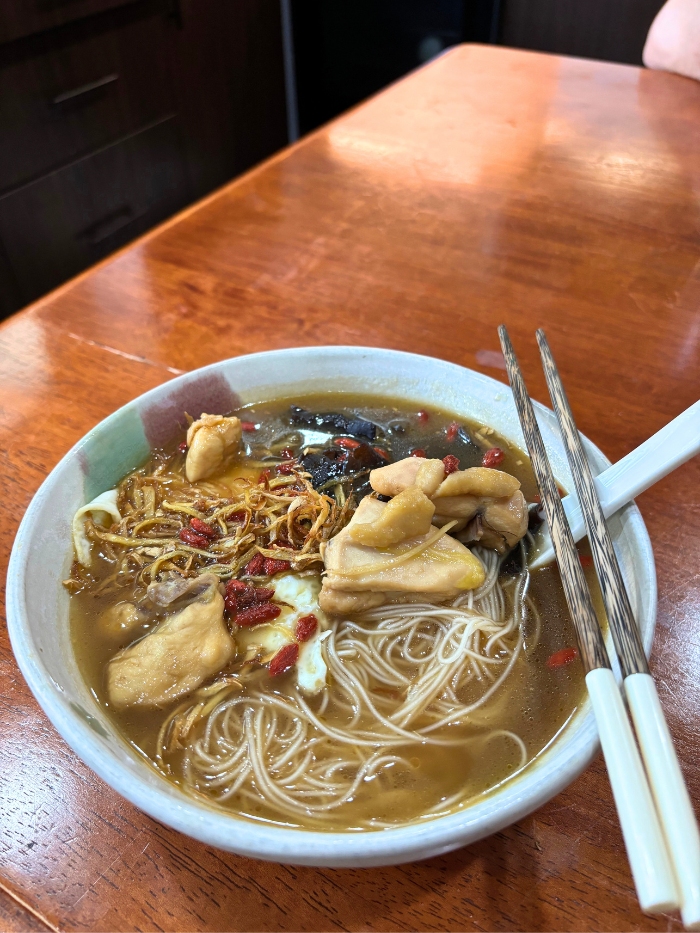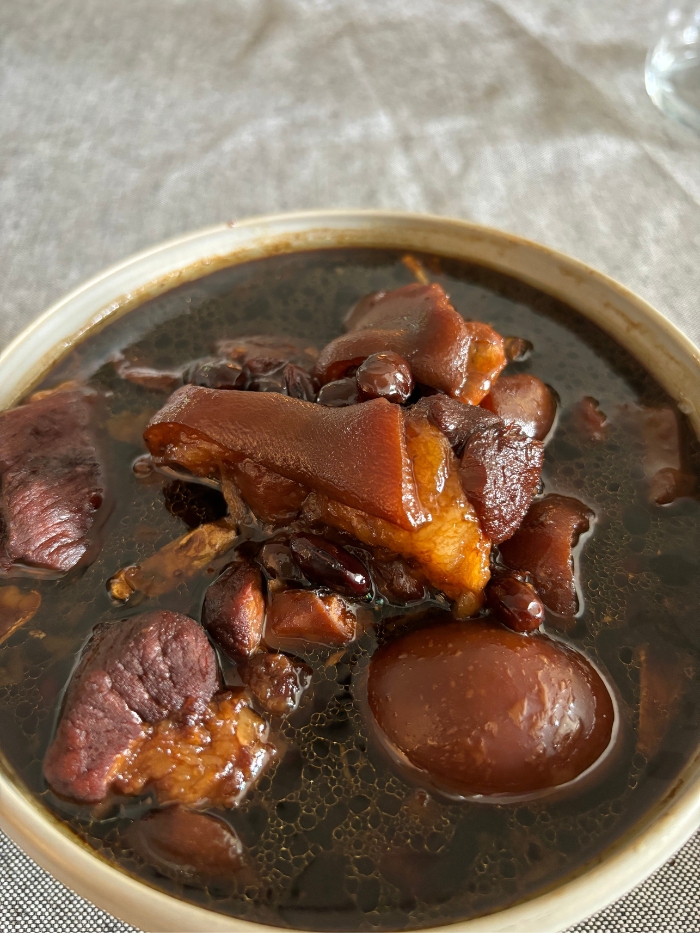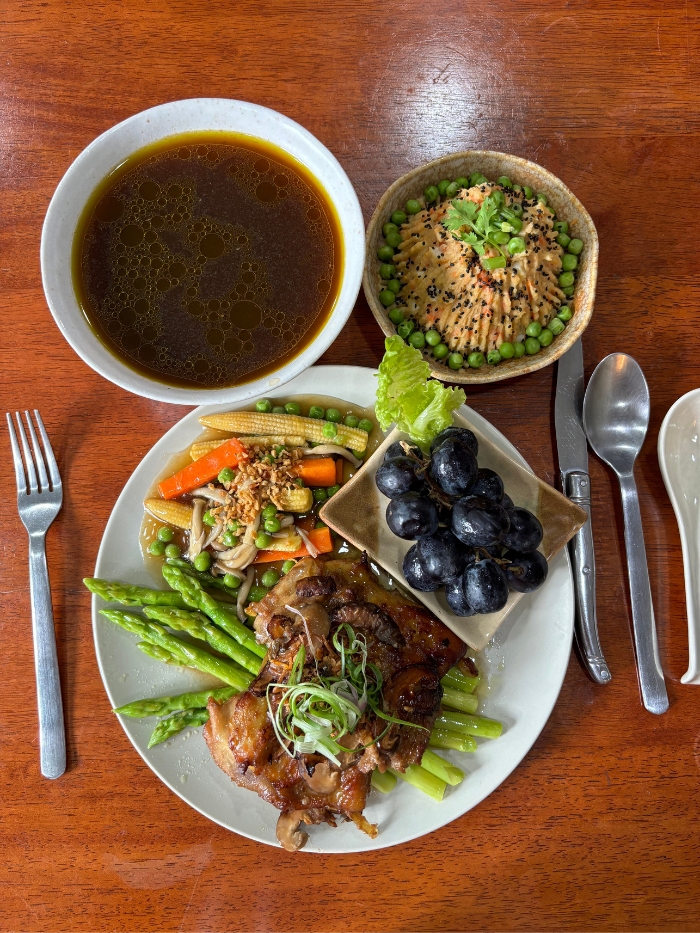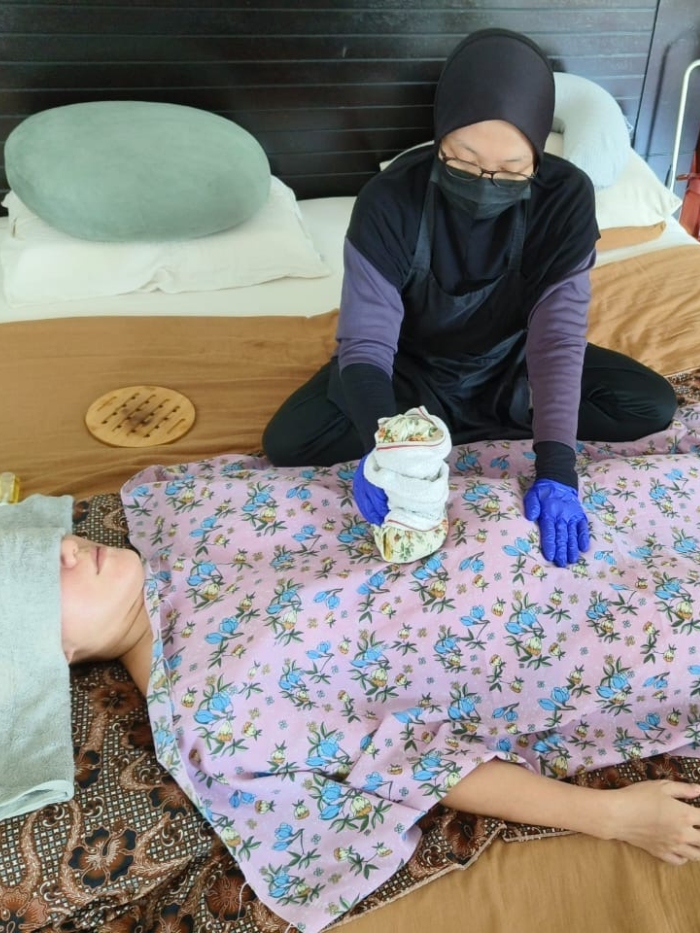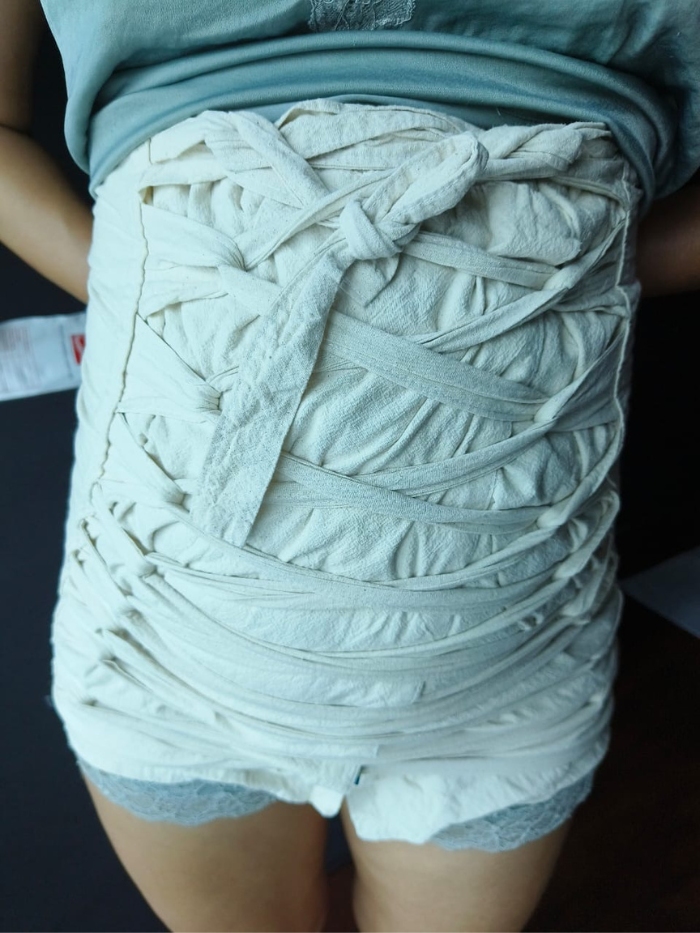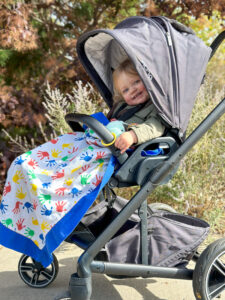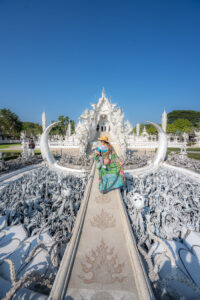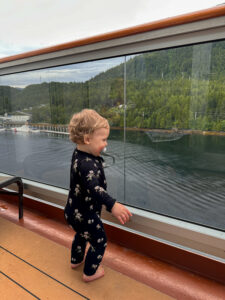I Tried Traditional Chinese Postpartum Confinement
What is Chinese postpartum confinement, and why is it gaining popularity in the west?
During pregnancy, mothers are encouraged to eat healthy, stay active and do everything that is necessary to keep the fetus healthy. However, we seem to not have the same care for mothers postpartum. in many parts of the world, the newborn receives all the attention and care, while the new mother, who is just as vulnerable as the newborn, is overlooked, and in some cases (looking at you, USA), is even expected to return to work without sufficient time to recover.
In the past years, Chinese postpartum confinement started to gain popularity in the west, and it’s easy to see why. I am a Chinese new mother who recently gave birth and completed the postpartum confinement practice with the help of a professional confinement lady with 20 over years of experience.
Here’s everything you need to know about “sitting the month”:
What is Chinese Postpartum Confinement
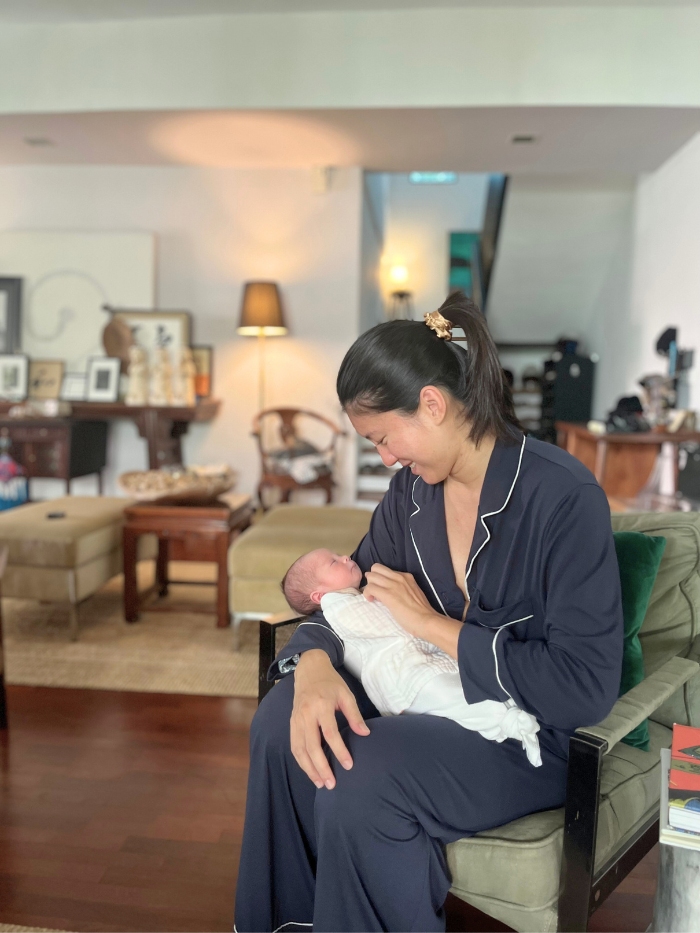
Chinese confinement, also known as “sitting the month” (坐月子), is a 2000-year-old practice that originated in China. After going through the enormous transformation of giving birth, it is considered vital that a woman receives sufficient care to heal and rest for about a month, which is a full moon’s cycle, to have a healthy start to motherhood.
This transition period comes with a whole set of rules, dietary restrictions and cultural beliefs that the new mother must adhere. To have a better understanding of these practices, you should keep the terms “wind” and “damp” in mind. It is believed that a woman must avoid “the wind” and “getting damp” during her postpartum recovery to avoid illnesses such as arthritis, body ache and rheumatism later in life. Confinement food serves the purpose of retaining the new mother’s body heat, and most of the confinement rules are related to keeping the new mother’s body warm.
Confinement care also extends to the newborn. While the mother focuses on resting and healing, the newborn is in good hands.
The Confinement Lady
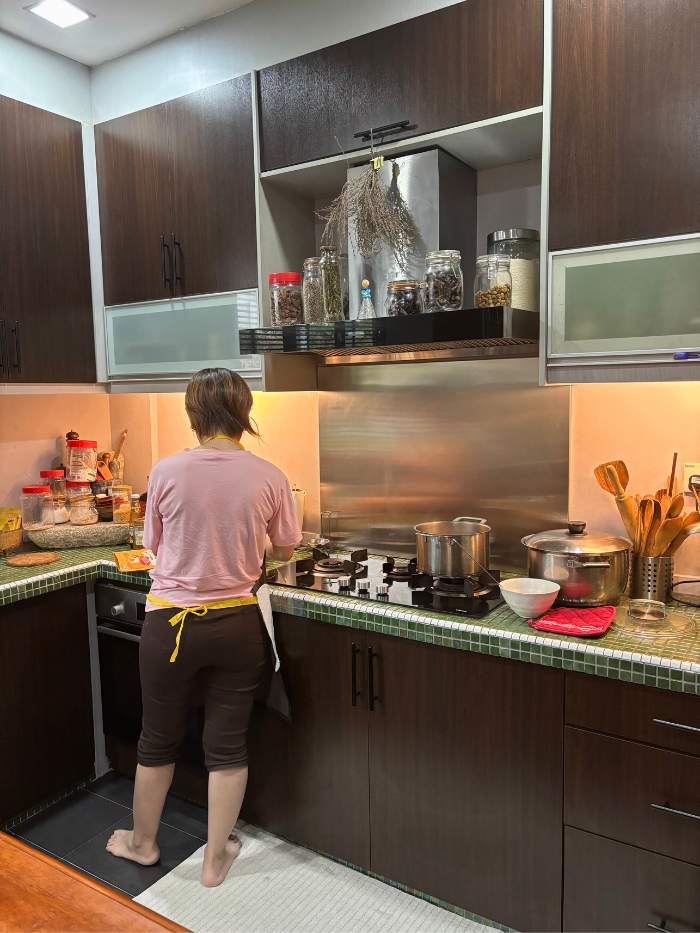
It is worth mentioning that back in the day, families across generations tend to live together or within close proximity. Mothers, grandmothers, aunts and cousins often take on the role of the confinement lady for the new mother of the family, passing down recipes, baby tips and gentle care from generation to generation. These days, in countries where the Chinese confinement is a common practice, mothers have the choice of completing their confinement in a dedicated confinement centre with several staff, nannies and nurses, or hiring a live-in confinement lady for a period of about a month. While the length of service vary from one confinement lady to another, their main role is to care for both the mother and baby, 24/7.
Personally, I did not want to trouble my family members. While the idea of a confinement centre sounded great, I wanted to be at the comfort of my own home and prefer a dedicated caretaker. As soon as the pregnancy was confirmed, the search for a confinement lady began. In Malaysia, where I live, there are plenty of agencies that I could hire a confinement lady from. There are also forums and Facebook groups where freelance confinement ladies can be found. Through a bit of research and word of mouth, I found my confinement lady, Christine on Facebook.
During the confinement period, Christine cooked 3 meals and prepared several tonics and soups everyday. She also prepared a special herbal warm bath with ginger and neem leaves daily, since I was not supposed to take cold showers during this period. When I had problem breastfeeding (and eventually had to start pumping), she gave me advice and corrected my latch. Some basic house chores were also taken care of, since I was not supposed to over-exert myself.
For the first 2 weeks or so, Christine cared for my newborn day and night. I was able to eat, nap and rest in between feedings, knowing that my baby was in good hands. She showed my husband and I the proper way of bathing, feeding, burping, changing, and swaddling a newborn. When my baby had signs of colic, she taught us different ways of massaging her for relief.
The Cost of Confinement

For 30 days worth of service, I paid about USD 2,000 (for comparison, the minimum wage in Malaysia is about USD 320). The cost of a confinement lady varies from one person to another, though you can expect a range of about USD 1,000 – USD 3,000 in Malaysia (and up to 10,000 in locales like Hong Kong). Given that a confinement lady is a chef, nutritionist, nanny, cleaner and consultant all at once, to me, the cost is completely justified.
In addition to the fee, I also had to purchase all of the herbs, groceries and other items required for the confinement period, as well as to cover the confinement lady’s meals. Finally, there’s a “red packet” (紅包), which is like a tip, to be given to the confinement lady twice, once to commence work and another to end work, for good luck.
Confinement centers tend to be much more expensive – the fanciest confinement center in Malaysia costs a whopping USD 10,000 for a month’s stay! You can expect hotel grade rooms, daily meals, professional nurses, nutritionists, therapists at your service.
Confinement Dos and Don’ts
Keeping warm
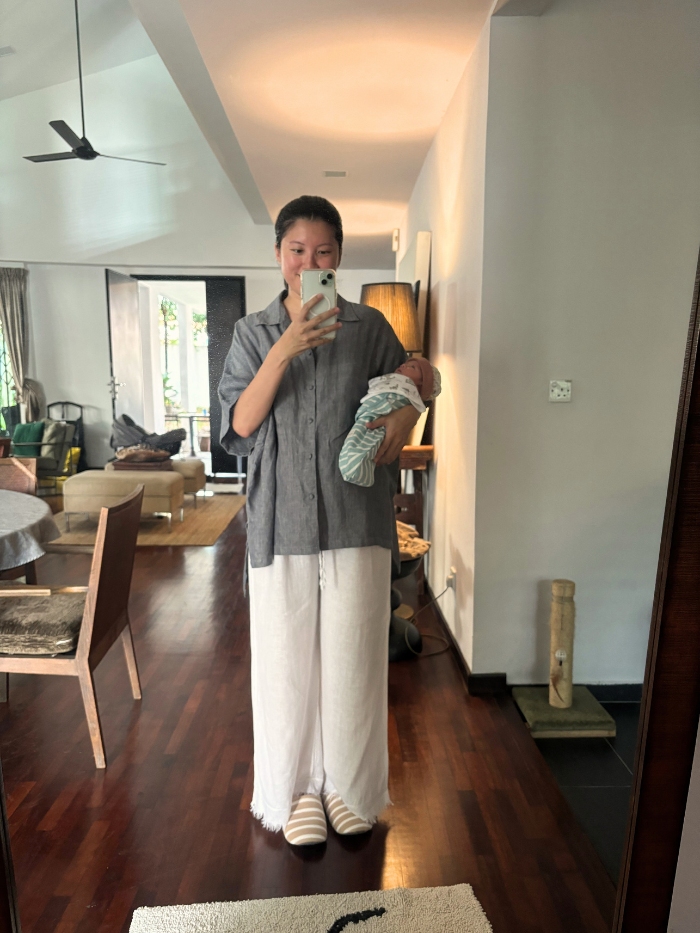
It was absolutely necessary that I was kept warm all the time – one of the few rules that my non-Chinese husband has a hard time comprehending. My shoulders, knees and feet were covered at all times, as these areas are considered “entry points” for “wind” that would cause my body to be “too cold” and “have a tougher time to recover”. If I were to shower, it was only with a hot herbal mix my confinement lady prepared, and I must dry up as soon as possible. I also washed my hands and brushed my teeth with warm water only.
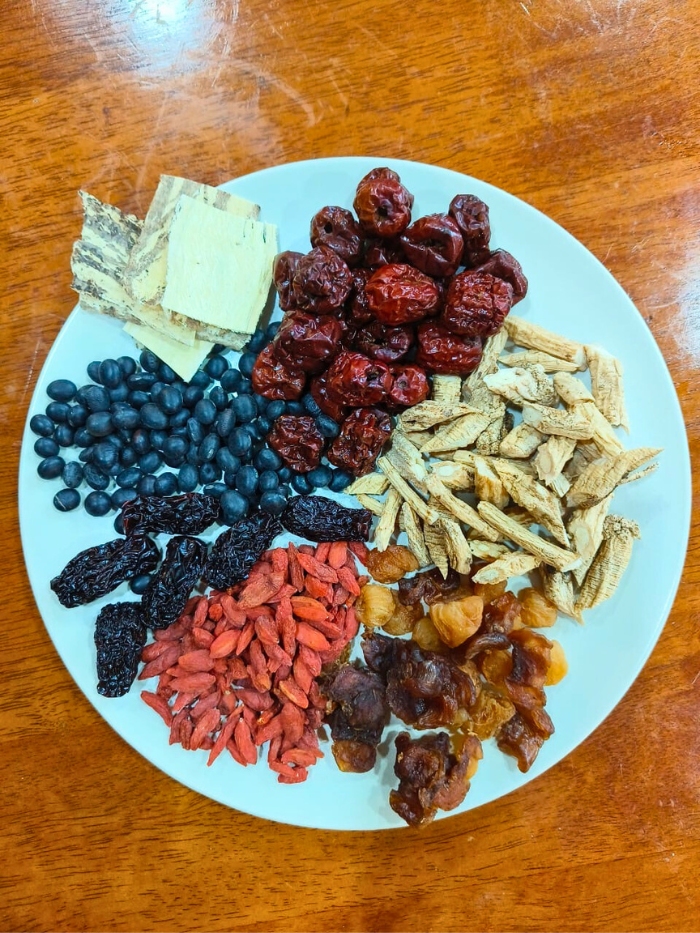
I was also to be kept warm from within. Cold drinks and food were not allowed, as well as certain food that are considered “cold”, and it’s not about the temperatures! In Chinese cuisine, certain food carry more cold elements than the other, which is to be avoided during confinement period. With all of the warm food and soups, I was constantly sweating buckets, which seem to be a good sign to my confinement lady, as I was “sweating the bad stuff out”.
Staying indoor
I only left my house to go to the hospital for a checkup during the entire confinement period. During my mother’s time, she was pretty much confined to her bedroom the entire time. The reason for this is to minimize physical movement, and the chance of getting sick.
No hair washing?
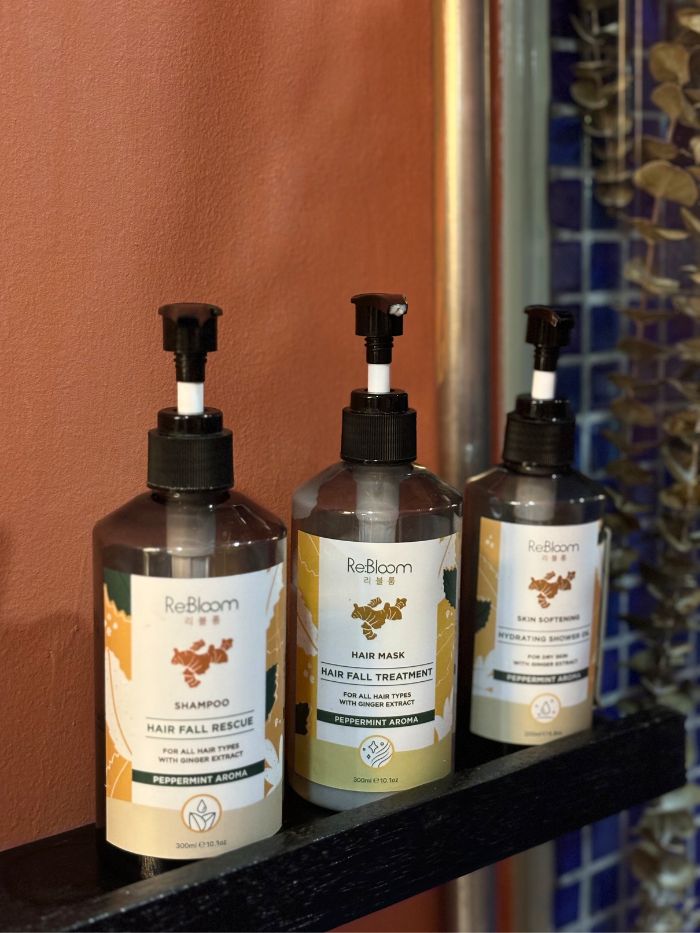
Similar to the rule of keeping warm, new mothers are also advised to keep dry to ensure that the body retains as much heat as possible. Back in the day, bathrooms were built outside of the house, and there was no hairdryer. Therefore, women in confinement were not allowed to wash their hair, as taking a shower means being exposed to the wind, and there’s no way to dry up quickly.
These days, most confinement ladies allow and even recommend washing hair to keep clean, as long as you dry up completely.
No crying?
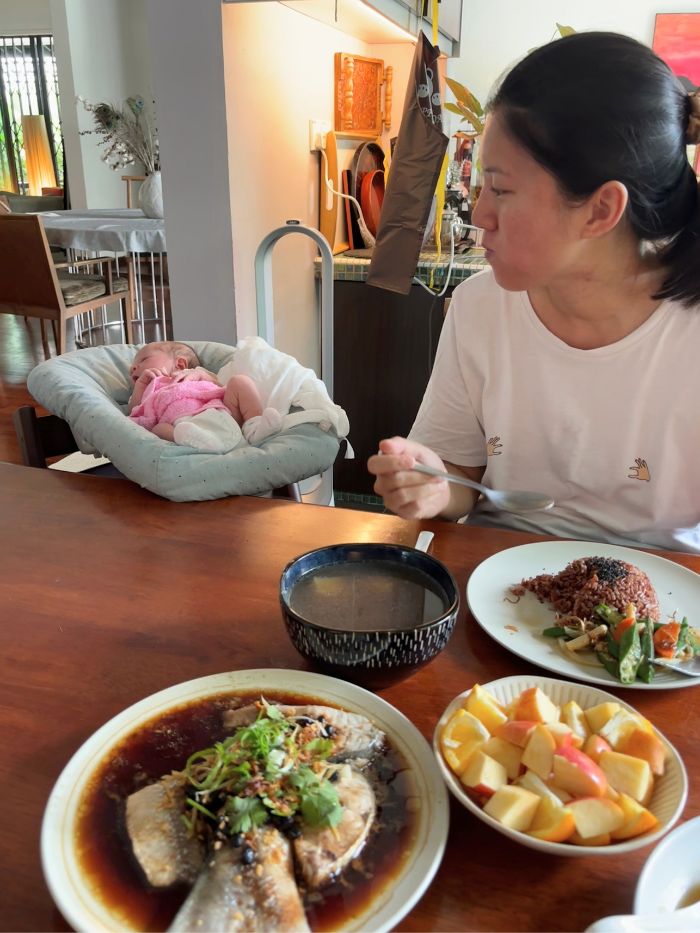
I was advised not to cry during the confinement period. As weird as it sounds, what it really meant was that, it’s important to keep my emotions in check, as it has a big influence in my recovery and milk supply.
No physical activities
As someone who loves staying active and working out, this was another tough rule to follow. To ensure proper rest and recovery, I was not allowed to lift anything heavier than the weight of my baby, and to minimize any physical activities, including walking and climbing the stairs.
Some of the rules may sound constraining and somewhat ridiculous at first, and most modern-day confinement practices take the availability of technology the mother’s personal preferences into consideration.
Confinement Food and Supplements
A new mother’s diet is taken very seriously in confinement practice. Each meal is carefully prepared with ingredients that will help repairing and rejuvenating the mother. A few ingredients were a daily staple: organic chicken, ginger, red dates, and gojiberry, whereas certain food were not allowed for their cold elements mentioned above – raw meat, shellfish and most melons were off the menu. Mothers are also encouraged to eat a bigger portion and avoid getting hungry during this period. Obviously, going on a diet is not possible at this time.
I was very lucky to have hired a confinement lady who enjoyed plating, and diversifying my meal choices. I looked forward to every meal during the entire month, because they looked like this:
While I enjoyed most of the confinement food, I did find the portion to be too much for my appetite. In addition to three meals almost double the size of my usual portion, I also had 2-3 different soups and tonics to drink each day. I was not allowed to drink plain water, and was served 2-3L of herbal drink instead. By the end of the confinement, I weighted as much as the peak of my pregnancy!
That being said, I had a very quick recovery and felt nourished despite the sleep deprivation. My husband even said that I look more radiant than before!
Confinement Massage and other Therapies
This was probably my favorite part of the confinement practice! Traditional post-natal massages focus on the womb’s recovery. They typically begin with a traditional full body massage, followed by a hot stone therapy (tengkung) to remove impurities, and abdominal binding to reduce swelling in the abdominal area. There was also the uterine fumigation that is performed after the bleeding has stopped, which detoxifies the uterus. Some therapists offer breast massage to stimulate milk supply.
Since I was not supposed to leave the house, I hired a therapist that offers door-to-door service, and it was such a treat!
Confinement Schedule
The first 10 days
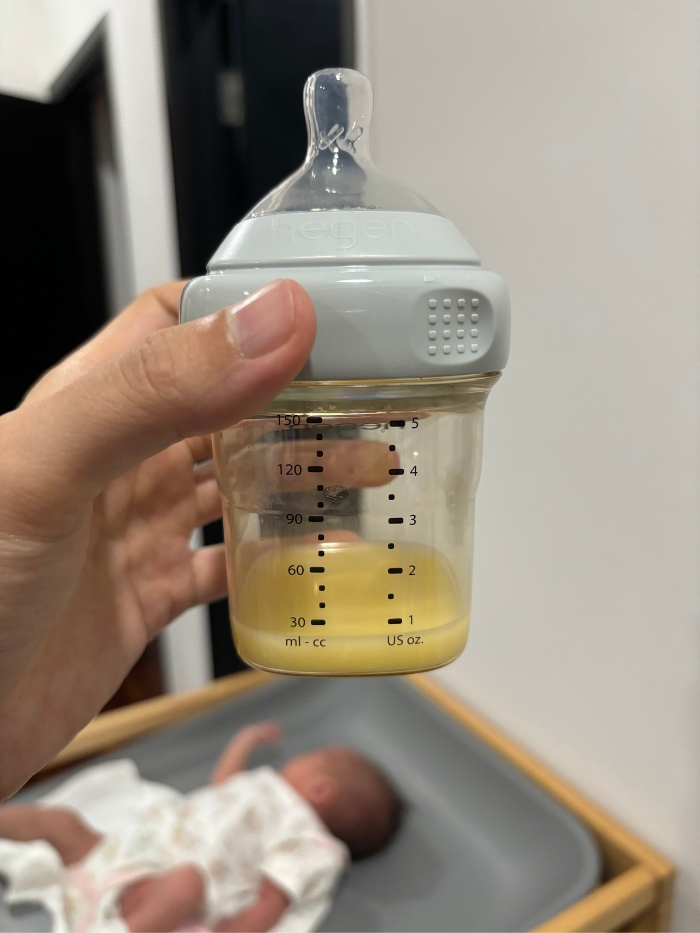
The confinement lady arrived at our home the day we discharged from the hospital. She cooked us a table full of nourishing food, held our baby while we ate, and did the dishes while my husband and I took turns to get ready for our first night with our baby. After hours of labor and an entire day at the hospital, our exhausted selves were very grateful.
For the first 10 days, mothers in confinement focus on rest. Most hours are spent resting in bed, with the exception to get up to use the bathroom, feed the baby and eat.
The confinement lady even took on the night shifts, and only sent the baby over when it’s time to feed so I can sleep better at night. She did everything else – the diaper changes, washing, cleaning, and even stayed to keep me company while I breastfed sometimes. When I had difficulty latching, she shared tips and ensure to include ingredients in my diet that will help boost milk supply.
The second 10 days
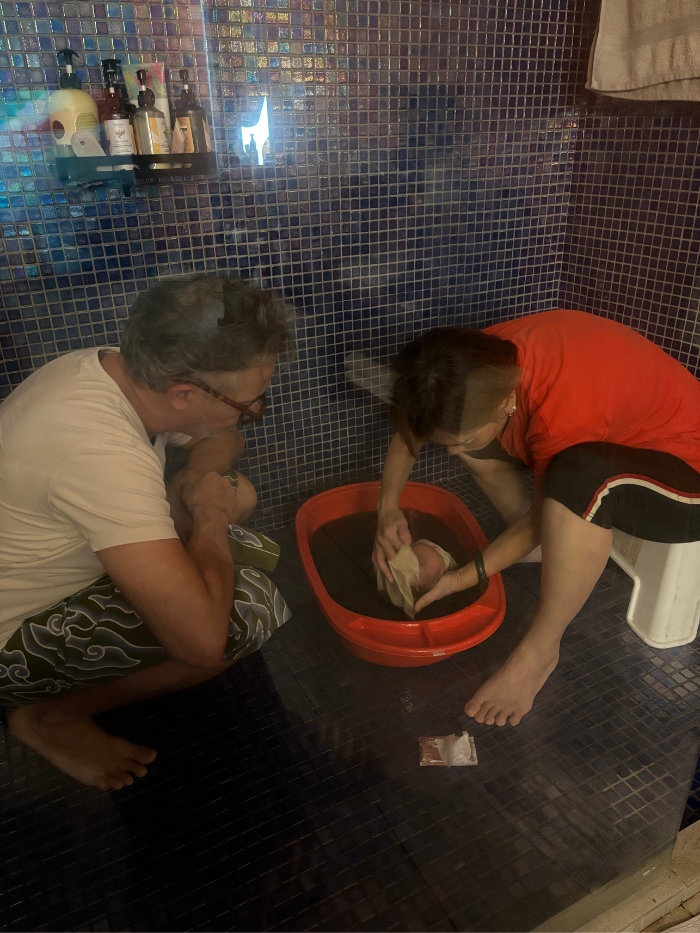
My confinement lady started offering more soups and tonics daily depending on what she felt I needed. She also began teaching us the proper way to bathing, changing and caring for our baby. I began spending more time with my baby, and it was great to be able to turn to her with my endless “is it normal that she…?” questions.
As my body adjusted to the new schedule with breastfeeding, I also began taking over the night shifts. That did not mean that the night shift was over for my confinement lady. She was only a door knock away the few nights I couldn’t seem to find a way to soothe my baby, and even prepared snacks for my late night hungers.
The final 10 days
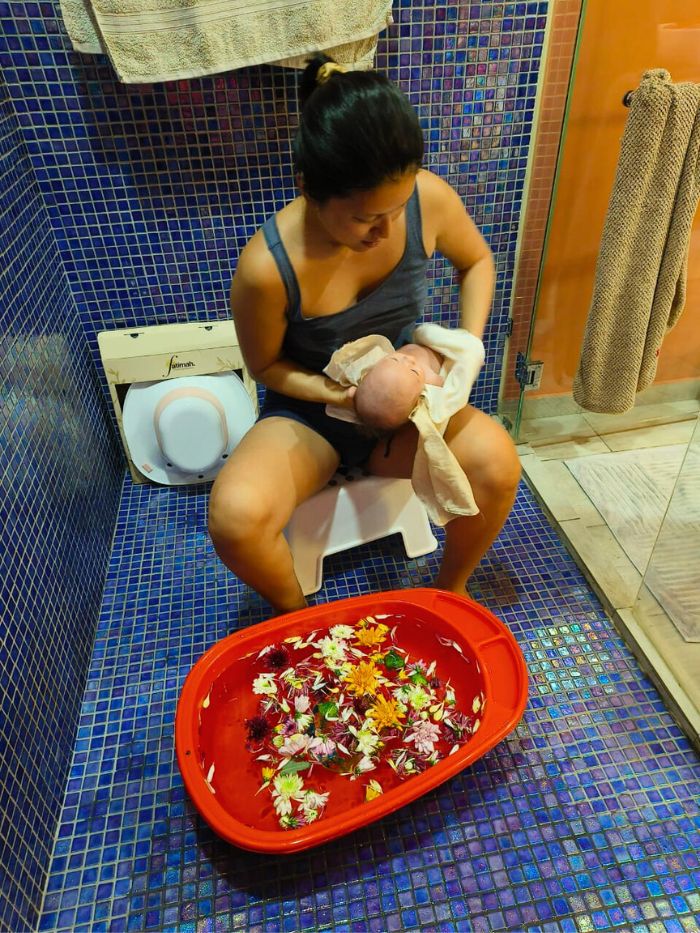
As the confinement comes to an end, we spent the final days getting used to life with a new baby. With a little bit more time in hand, my confinement lady stuffed our freezer with food that I can easily heat up and eat and shared everything she knows about taking care of a baby with us.
This gradual transition really helped me feel less anxious, and I honestly think that I escaped the postpartum depression thanks to the support I had from the confinement lady. On the last day, she bathed and soothed my baby to sleep one last time, cleaned up the house and wished us all the best before leaving.
***
As a mother, I feel very grateful that the confinement practice is a big part of my culture, and that the care and love for a new mother is uncompromisable. Motherhood is as challenging as it is fulfilling, and I am so glad that I had a great start with all the help I needed.


